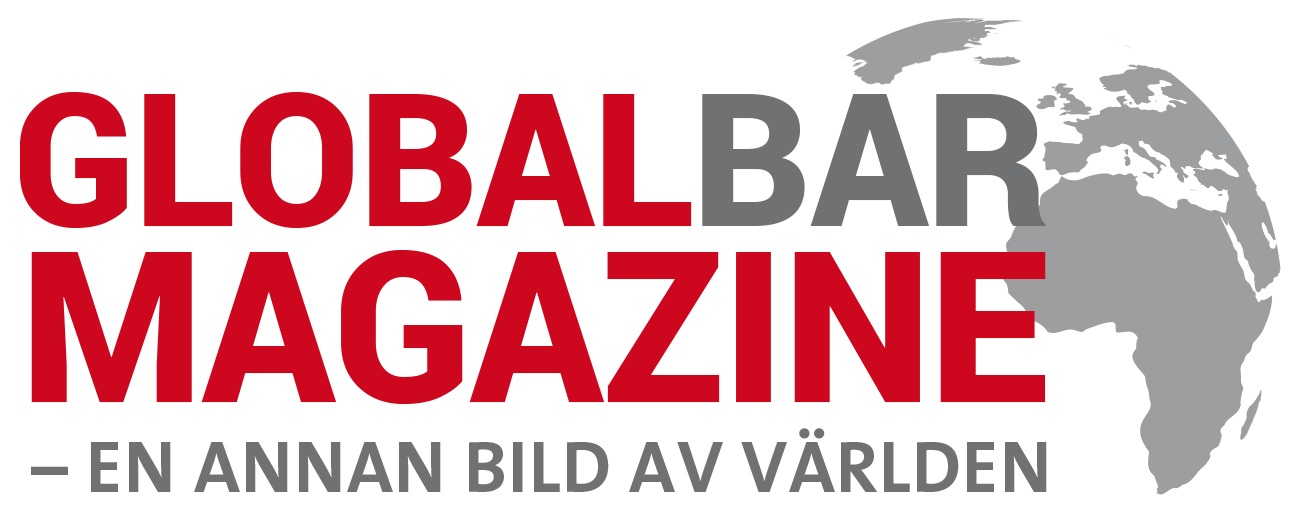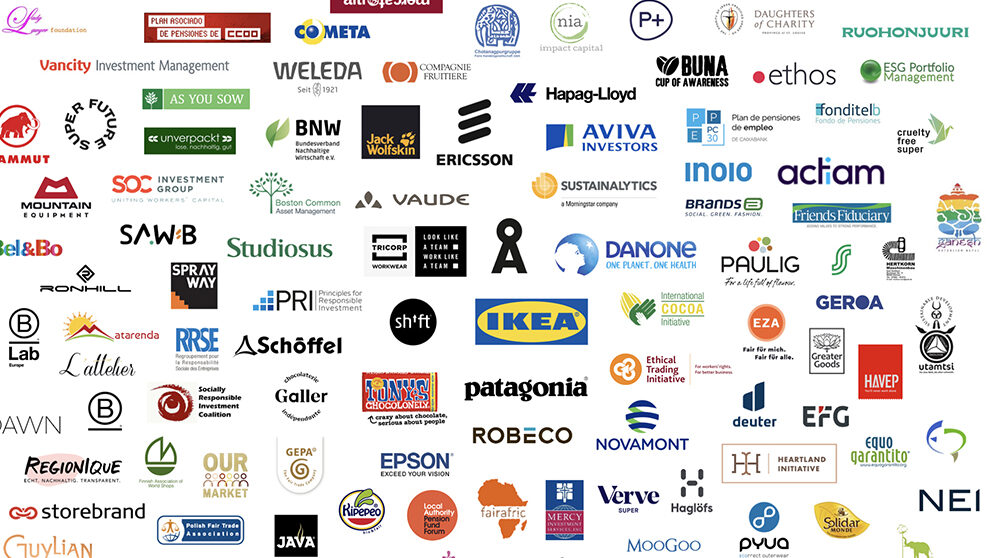OPINION. Population growth due to immigration is often portrayed as a problem rather than a success. This is deeply problematic, not least because Sweden – like Germany – depends on immigration to meet its growing labour market needs, writes Mark Furness and Jana Kuhnt from the German Institute of Development and Sustainability (IDOS).
The opinions expressed in the article are those by the authors
Migration has become one of the hot topics of societal and political debate. Unfortunately, negative narratives about migration dominate in most Western countries, including Germany and Sweden. These range from threats to the welfare system (“they don’t work and rely on our social security system”), threats to national identity (they will replace the local population) to threats to security (“the criminal migrant” or in Sweden particularly “gang violence due to immigration”).
As a result, discussions on migration are invariably highly polarized, leaving little space for open exchanges based on facts and evidence. In turn, the failure to take evidence into account creates cacophony, where misinformation, fearful anecdotes and ideology drive incoherent and ineffective policy. This is damaging for a country’s economic and national security, as well as its social cohesion.
Labour shortages and the need for migration
However, there is an urgent need to be honest about migration. Germany as well as Sweden are currently facing a profound labour shortage across industries and at various levels of skills and training. This includes professions that take years to learn, as well as crucial jobs where training can be provided in weeks or months. While skilled labour shortages are more urgent (such as in the health, construction, production and technology sectors), there is a general lack of labour, including lower-skilled labour (such as in cleaning and agriculture). This is largely due to demographic changes that are affecting Germany, Sweden, and many other countries, which will further increase labour shortages in the next decades.
Bilateral labour agreements – A viable solution?
To address these challenges, the German federal government has significantly increased its activity in negotiating bilateral migration and mobility partnerships with third countries. These agreements aim to address labour shortages in specific sectors by providing legal pathways to move, to reduce irregular migration and define return procedures. While the general idea of creating legal pathways is straightforward, supporting faster and more successful economic and social integration, the current set-up is insufficient. Situated in a fragmented and polarized political environment, these agreements lack foresight, comprehensiveness, and sustainability.
First, the relevant ministries and agencies at federal and state levels are not acting in a coordinated manner. There is a strong need for them to engage with each other much more strategically, to ensure that the different ministerial perspectives ranging from national economic and security, to more global cooperation and foreign interests are well integrated in the agreements. Coordination also includes the sharing of important data at national, federal and local levels. This is needed for current and future needs-assessments regarding labour shortages and also for skills and language, as well as to establish comprehensive legal frameworks (including more flexible visa systems) that fit the specific labour needs. Here, close collaboration with Germany’s private sector is key for assessing current and future gaps and requirements, and to facilitate smooth transitions.
Second, open and honest negotiations are essential to ensure that these agreements address the partner country’s interests and needs. These include reducing unemployment, providing skills for local markets, and facilitating remittances and diaspora investments. For example, Morocco is very reluctant to engage in cooperation with Germany in the health sector due to shortages of doctors and nurses in Moroccan hospitals. Failing to address these kinds of issues will harm the effectiveness and sustainability of the agreements.
Third, Germany’s bilateral approach should contribute to the success of EU level migration initiatives. The EU launched its ‘Talent Partnerships’ scheme in June 2021, which aims to address skill shortages in the EU labour market by creating legal pathways for non-EU citizens to work and study in the EU. At the same time, initiatives that undermine European cooperation should be avoided. For example, reciprocal controls on the Polish-German border have occupied police resources and caused major delays in both directions, so far without making much difference to irregular migration.
A transparent system help fill labour gaps
Fourth, another key aspect is to better use the labour provided by refugees who are already in Germany. The ‘Spurwechsel’ policy, which enables refugees to switch from the asylum system to the skilled labour immigration system, does not work well in practice and has received criticism, particularly from populists seeking to highlight problems. Sweden has recently eliminated the possibility to move from failed asylum applications to work permits to reduce low-skilled immigration. However, evidence from Canada shows that if established within a structured, transparent system, these pathways can help to fill labour gaps while balancing humanitarian needs.
In contrast, Sweden has not (yet) engaged in bilateral migration and mobility partnerships. The country relies largely on EU-led initiatives and regulations as well as on their own national legislation. In 2008, Sweden changed its labour-migration policy to address labour shortages and support economic growth by easing the recruitment of workers outside the EU. Unique about this reform was that it relied largely on employers to select workers and less on state assessments of labour needs. A recent study found that while most of the labour migrants who arrived after the reform fare well, one fifth of the migrant workers though holding work permits has no earned income at all. In reaction, a public inquiry was commissioned by the government, which proposed several reform steps to strengthen regulation on low-skilled labour immigration while improving conditions for highly skilled labour immigration more aligned with Sweden’s labour needs.
Germany’s fragmented immigration strategy drives incoherent policy
More broadly, Germany needs a coherent migration and refugee strategy. In contrast to other Western countries, Germany only introduced its first true immigration law (Zuwanderungsgesetz) in 2005. Since then, ad-hoc amendments to the immigration law, such as the skilled immigration act (2020, revised in 2023/24) have been introduced without due consideration of an overall strategy for migration. This has led to fragmented and contradictory migration policies in Germany. Responsibilities for decision-making and migration management are split between government bodies atfederal, state and local levels, where divisions of labour are unclear and not well managed. Immigration offices at the local government level are often understaffed, creating long waiting times. In order to address the similar structural shortcomings, Sweden has recently launched a cross-agency government initiative to streamline migration activities (from recruitment, integration, to data coordination).
The societal imperative
Germany is at the centre of Europe and has borders with nine countries. We therefore need greater honesty about the fact that Germany has always been and will always be a country of immigration (‘Zuwanderungsland’). The avoidance of this truth by many of Germany’s political leaders has hindered a coherent national strategy, capable of shaping questions of national identity in a changing world. The vitriol and misinformation around migration has been damaging for social cohesion in Germany. The increasing influence of far-right political actors on public debates on migration in Germany has induced many highly educated migrants – those that Germany especially needs – to think about leaving, due to negative experiences with bureaucracy and discrimination.
But let’s be honest, we need them!
Several parallels can be drawn to the Swedish case. Although the numbers of asylum seekers have sharply declined in Sweden, the government continues to shift towards a more security-driven policy – emphasizing deterrence, control, and stricter requirements for citizenship. There are even discussions about abandoning the long-standing principle of equal access to welfare for all residents.
Population growth due to immigration is often portrayed as a problem rather than a success. This is deeply problematic, not least because Sweden – like Germany – depends on immigration to meet its growing labour market needs.
It is short-sighted if the primary reactions to unemployment rates of immigrants and foreign-born residents are policy responses that focus on limiting immigration of lower-skilled. It fuels negative, polarized debates and undermines social cohesion.
What is urgently needed is a more honest and nuanced debate about structural barriers that hinder socio-economic integration (including language barriers, workplace discrimination and residential segregation practices). Just like in Germany, Sweden needs to foster a broader societal understanding of immigration not as a threat, but as a vital opportunity for cultural and economic prosperity.
Mark Furness
Senior researcher in the department “Inter- and transnational cooperation” at the German Institute of Development and Sustainability (IDOS).
Jana Kuhnt
Senior researcher in the department „Transformation of political (dis-)order“ at the German Institute of Development and Sustainability (IDOS).
Read also
|
Uppläsning av artikel
|


